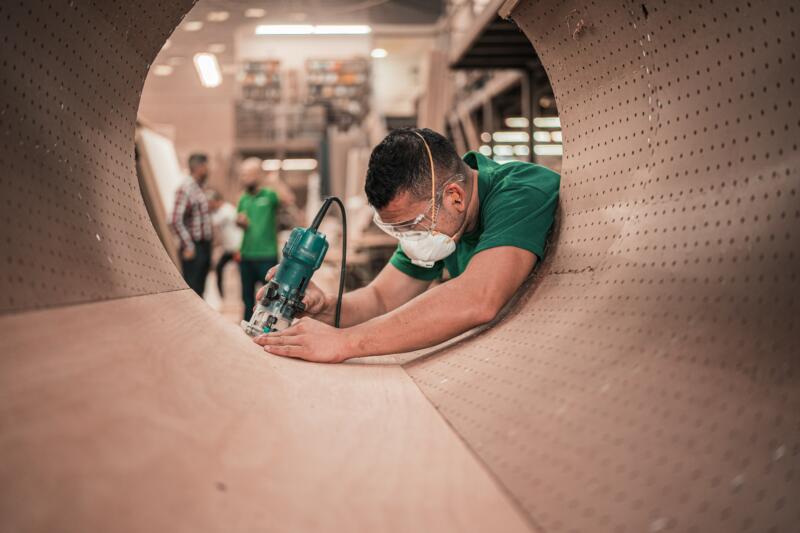Circular Business Models: classify forms of value retention and creation
February 16, 2022
What circular business models exist and to what extent are these in line with developments such as increasing producer responsibility? The outcomes of recent Dutch research identify seven basic types of circular business models divided into three groups that together form a classification, each with an increasing degree of circularity.
The study was carried out on behalf of the Dutch Ministry of Economic Affairs and Climate Policy and the Dutch Implementation programme for the Manufacturing Industry. The main outcomes – a Quick Scan Circular Business Models for entrepreneurs (in different phases towards circular business models), and the White paper on the subject – are free to download.

Three routes towards circular business models
The Quick Scan Circular Business Models shows entrepreneurs different routes towards circular business models. It consists of three parts:
- Introduction: It depicts the circular economy as well as its connection with the sustainability of future circular business models
- Knowledge cards: It has the classification of 7 circular business models divided into three groups (raw materials, use and responsibility)
- The actual Quick Scan. The guide on adapting an existing or developing a new business model by this method.
The result of the Quick Scan consists of three parts: a concise analysis of where the organization stands when it comes to sustainable and circular entrepreneurship, formulating ambition for the coming years, and an exploration of the business model that best suits this.
White paper: existing and emerging circular business models
This White paper presents the essence of the research into existing and emerging circular business models. One of the main outcomes is the identification of seven basic types of circular business models, divided into three groups that together form a classification, each with an increasing degree of circularity. The White paper consists of three parts:
▪ The first part discusses the background and explains the circular economy, the connection with sustainability, business models and an overview of circular business models.
▪ In the second part, an overview is given of the developed classification of circular business models, and each basic type is described based on its characteristics. This has resulted in seven knowledge maps. Finally, the last two, more future-oriented models are further explained and illustrated.
▪ The third part looks back briefly at the reliability of the classification made and then at the aspects of change management in working on and with a circular business model.
Organizing for Sustainability
The classification in this project builds further on the ideas and insights that were presented in the Open Source book Organizing for Sustainability (Springer/Palgrave, 2021). It introduces the Business Model Template, an approach for developing a sustainable or circular business model and offers considerable teaching resources such as case studies, exam questions, tools, references and a glossary.
